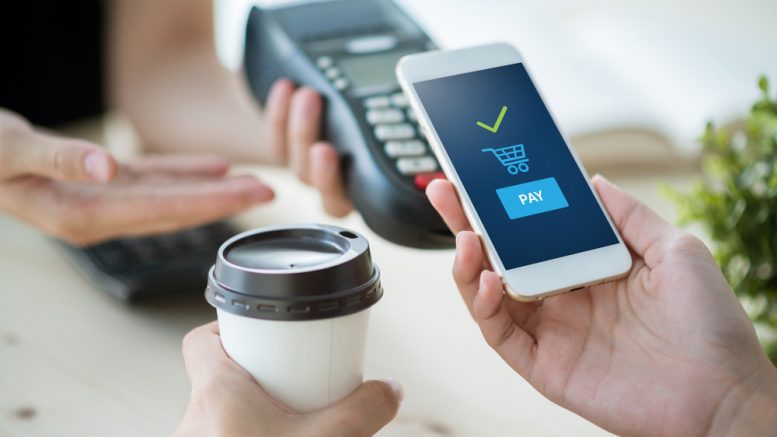
Transformative Trends: Navigating the Landscape of Mobile Payment Systems
The evolution of mobile payment systems has revolutionized the way individuals and businesses conduct financial transactions. From mobile wallets to contactless payments, the landscape is dynamic and ever-expanding. Let’s delve into the significant trends and impacts of mobile payment systems on the way we manage and exchange funds.
1. Rise of Mobile Wallets: Convenience at Your Fingertips
Mobile wallets have emerged as powerful tools, allowing users to store payment information securely on their smartphones. With features like quick access to credit/debit cards, loyalty programs, and even digital tickets, mobile wallets offer a seamless and convenient way for individuals to make purchases and manage their finances. The rise of popular mobile wallet applications has significantly contributed to the widespread adoption of digital payment methods.
2. Contactless Payments: A Hygienic and Efficient Option
The global shift towards contactless payments gained momentum, particularly in response to the need for hygienic transactions during the COVID-19 pandemic. Contactless payment methods, including Near Field Communication (NFC) and Quick Response (QR) codes, allow users to make transactions without physical contact with the payment terminal. This trend has not only enhanced convenience but also promoted a safer and more efficient payment experience.
3. In-App and Online Purchases: Seamless E-Commerce Integration
Mobile payment systems play a pivotal role in the world of e-commerce, enabling seamless in-app and online purchases. Whether it’s buying goods from an online marketplace or subscribing to digital services, users can complete transactions with just a few taps on their mobile devices. This integration has facilitated the growth of the digital economy and empowered businesses to expand their online presence.
4. Biometric Authentication: Elevating Security Standards
Security is a top priority in the realm of mobile payment systems. Biometric authentication methods, such as fingerprint recognition and facial scanning, have become integral components of ensuring secure transactions. By leveraging biometrics, mobile payment systems enhance user authentication, offering a robust layer of security that goes beyond traditional passwords or PINs.
5. Integration of Cryptocurrencies: Exploring Digital Assets
The integration of cryptocurrencies into mobile payment systems has introduced a new dimension to digital transactions. Some mobile wallets now support the storage and use of cryptocurrencies, allowing users to make purchases or investments using digital assets. This trend reflects the growing interest in decentralized finance and the broader adoption of blockchain technology in the financial sector.
6. Loyalty Programs and Rewards: Enhancing User Engagement
Mobile payment systems often integrate loyalty programs and rewards to incentivize users. Whether it’s earning cashback, discounts, or loyalty points, these programs enhance user engagement and encourage continued use of the mobile payment platform. The combination of convenient payment methods with attractive rewards creates a win-win scenario for both users and businesses.
7. Cross-Border Mobile Payments: Facilitating Global Transactions
The scope of mobile payment systems extends beyond national borders, facilitating cross-border transactions. Users can send and receive money internationally with relative ease, reducing the reliance on traditional banking channels for such transactions. This global reach opens up new opportunities for businesses and individuals engaged in international trade or cross-cultural transactions.
8. Regulatory Frameworks: Shaping the Future of Mobile Payments
As the popularity of mobile payment systems continues to grow, regulatory bodies are actively shaping the landscape. Governments and financial institutions are establishing frameworks to govern and ensure the security and legality of mobile transactions. Striking the right balance between innovation and regulation is crucial for fostering trust and sustaining the growth of mobile payment systems.
9. Challenges and Concerns: Addressing Security and Accessibility
While mobile payment systems offer numerous benefits, challenges and concerns persist. Security remains a primary focus, with the need to continually strengthen measures against cyber threats. Additionally, ensuring accessibility for all users, including those in underserved or remote areas, is a challenge that requires ongoing attention to bridge digital divides.
10. Future Innovations: Paving the Way for Cashless Societies
Looking ahead, the trajectory of mobile payment systems points towards a future of cashless societies. Continued innovations, such as Central Bank Digital Currencies (CBDCs) and advancements in mobile banking technologies, are expected to further transform the way we handle financial transactions. The journey towards a cashless future is driven by the collective pursuit of efficiency, security, and financial inclusion.
For an in-depth exploration of the transformative trends in mobile payment systems, check out this insightful article on Mobile Payment Systems. Discover the evolving landscape and the impact of mobile payments on financial transactions and digital economies.
